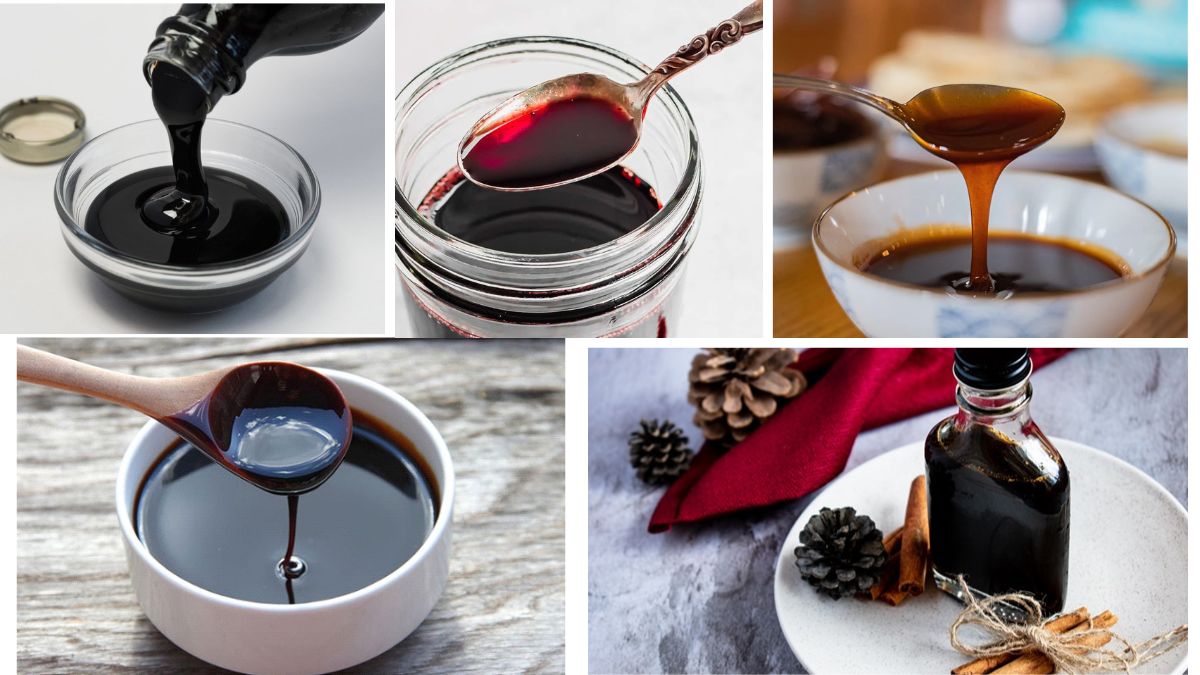Molasses, the thick, dark syrup derived from the sugar-making process, plays a vital role in global food industries, alcohol production, and even biofuel generation. Despite being considered a byproduct, molasses is an essential commodity with diverse industrial and commercial applications. Understanding the global production landscape of molasses reveals much about the dynamics of sugar production, agricultural practices, and export economies.
This article delves deep into identifying which country is the largest molasses producer in the world, analyzing production statistics, economic significance, leading industries, and contributing factors.
Understanding Molasses: A Brief Overview
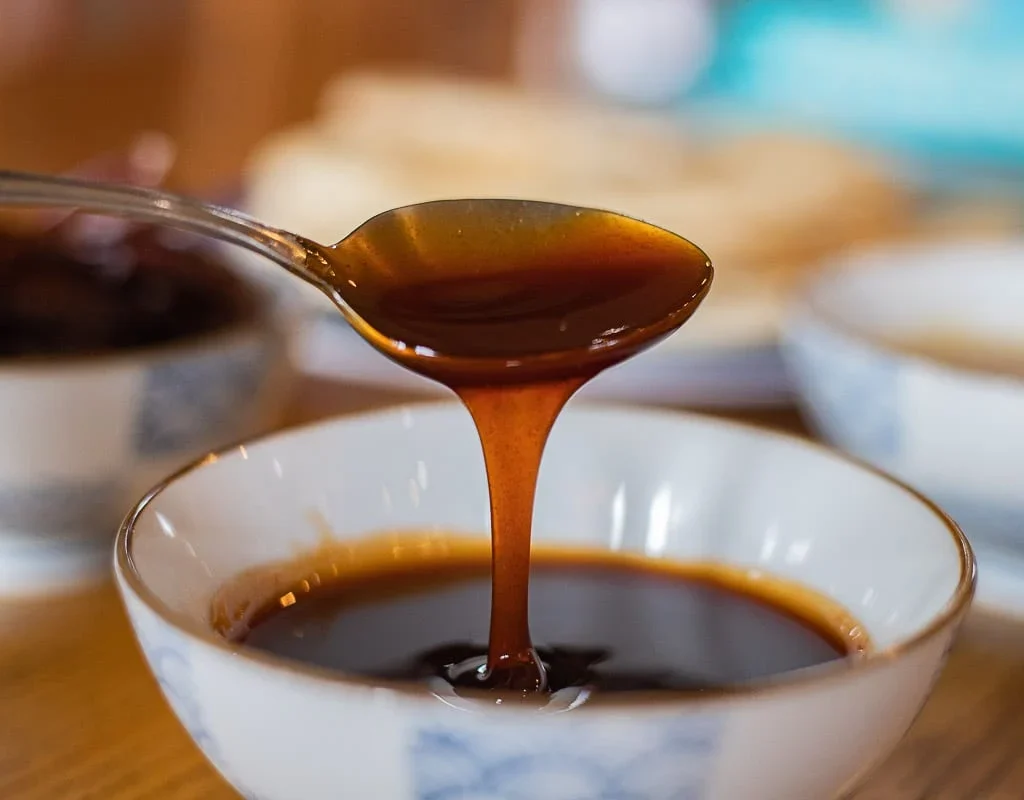
Molasses is produced during the process of refining sugarcane or sugar beets into sugar. The syrup is rich in sugars, vitamins, and minerals, and is used in:
- Food and Beverage Industry (for baking, flavoring, and rum production)
- Animal Feed
- Ethanol Production
- Pharmaceuticals and Cosmetics
There are different types of molasses—light, dark, and blackstrap—depending on the level of extraction and refining. The richer the sugarcane or beet, the higher the yield of molasses.
Global Molasses Production Landscape
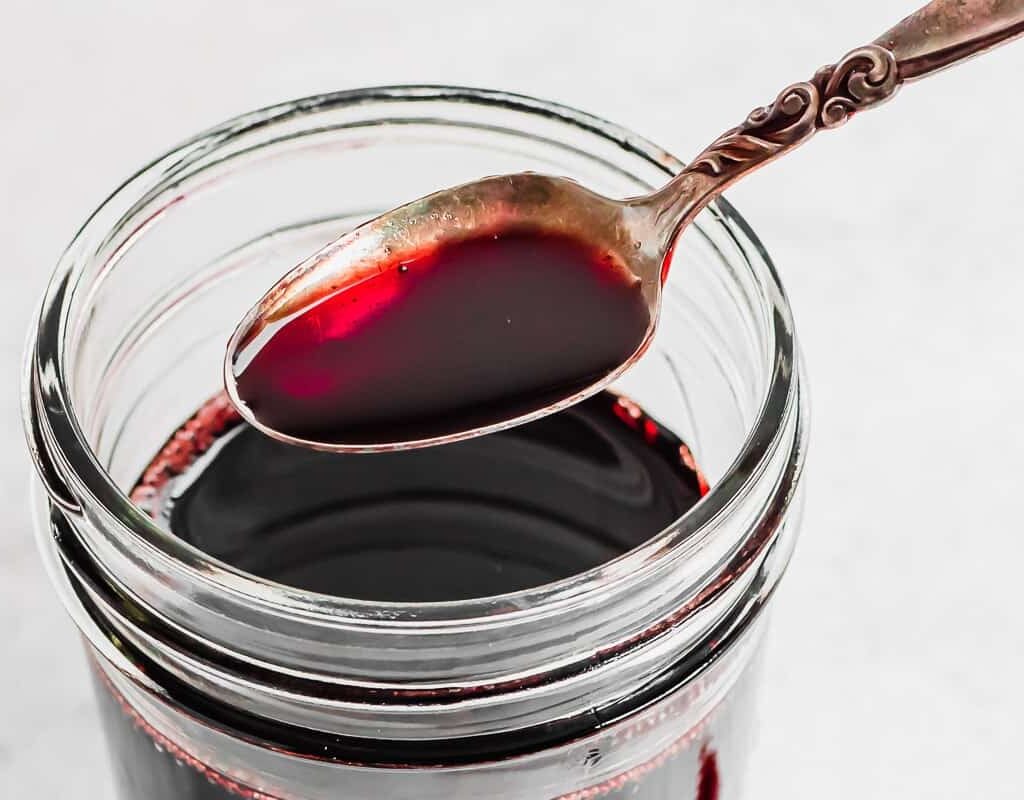
Molasses production is intrinsically tied to sugarcane and sugar beet farming. Hence, countries leading in sugar production typically top the charts in molasses output as well.
According to data from the Food and Agriculture Organization (FAO) and the International Sugar Organization (ISO), India holds the title of the largest molasses producer in the world, with Brazil closely following.
India: The World’s Largest Molasses Producer

1. Production Volume
India stands as the top molasses producer, contributing more than 12 million metric tons annually, owing to its robust sugar industry. As the world’s second-largest sugar producer (after Brazil), India’s sugarcane processing yields significant molasses as a byproduct.
2. Major Producing States
The top molasses-producing states in India are:
- Uttar Pradesh
- Maharashtra
- Karnataka
- Tamil Nadu
- Bihar
These regions dominate due to favorable climates, large sugar mills, and government incentives for sugarcane cultivation.
3. Usage and Exports
In India, molasses is extensively used in:
- Distilleries – for producing ethanol and rectified spirits
- Alcohol industry – especially in manufacturing rum
- Animal feed – as an energy-rich additive
India exports molasses to countries such as:
- The Netherlands
- Philippines
- Thailand
- Indonesia
- Vietnam
Brazil: A Global Sugar and Molasses Giant
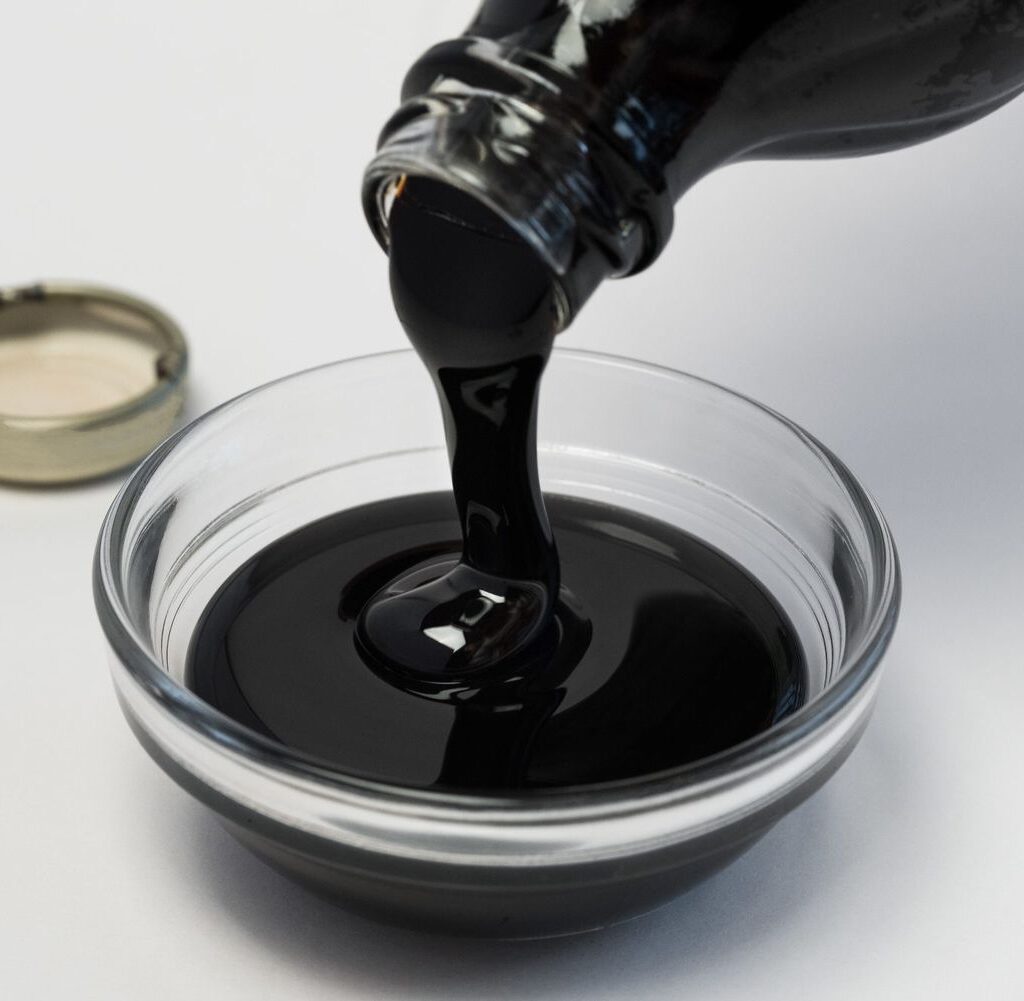
1. Massive Sugarcane Industry
Brazil, the largest sugarcane producer globally, produces over 600 million metric tons of sugarcane annually, making it a major player in the molasses market.
2. Molasses in Ethanol Production
Much of Brazil’s molasses is diverted into its bioethanol fuel industry, which is one of the most advanced in the world. This use makes Brazil’s molasses production highly integrated with its renewable energy goals.
3. Industrial and Export Significance
Though a large portion of Brazil’s molasses is used domestically, it also ranks among top molasses exporters, particularly to regions in Europe and Asia.
Other Major Molasses Producing Countries
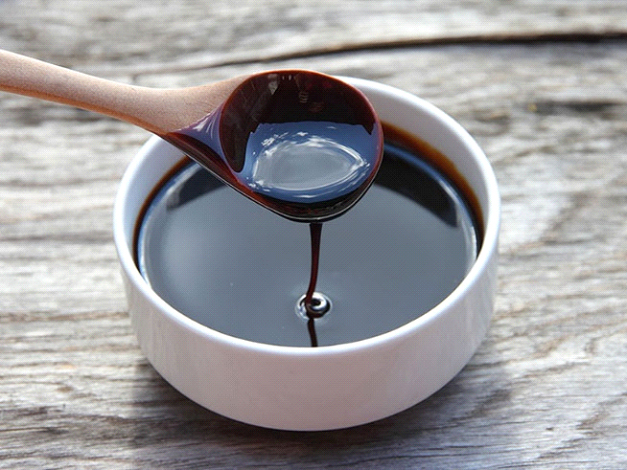
While India and Brazil lead the global scene, several other countries contribute significantly to global molasses production:
1. Thailand
- Major sugarcane producer in Southeast Asia
- Exports molasses widely
- Strong distillery and animal feed sectors
2. China
- High sugarcane and sugar beet output
- Molasses used in alcohol and vinegar production
- Growing demand for ethanol production
3. United States
- Especially beet molasses from Midwest states
- Used in animal feed and food industries
- Strong domestic consumption
4. Australia
- Large sugarcane farms in Queensland
- Molasses is a byproduct in refined sugar and exported globally
Key Factors Behind India’s Leading Position
Several factors contribute to India’s dominance in molasses production:
1. Vast Sugarcane Cultivation Area
India cultivates over 5 million hectares of sugarcane farmland, resulting in abundant raw material for sugar and molasses production.
2. Government Support and Ethanol Blending Program
India has implemented an aggressive ethanol blending policy aimed at reducing fuel imports. Molasses serves as a key feedstock for ethanol distilleries, supported by subsidies and incentives.
3. Large Number of Sugar Mills
With over 500 sugar mills, India has extensive infrastructure for sugarcane processing, automatically increasing molasses output.
4. Export and Industrial Use
Indian molasses is valued globally for its quality. Its usage in local distilleries and rum manufacturing adds economic value and employment.
Economic and Industrial Significance of Molasses
1. Revenue Generation
Molasses adds significant value to the sugar industry by providing an additional revenue stream. Indian molasses exports alone generate millions in foreign exchange earnings.
2. Renewable Energy Source
Molasses-based ethanol production supports energy security and is an eco-friendly alternative to fossil fuels.
3. Employment and Rural Economy
Molasses industries, especially distilleries and feed producers, offer employment in rural areas, helping support agrarian economies.
Challenges in Molasses Production
While molasses production is thriving, challenges remain:
- Fluctuating sugarcane yields due to weather
- Environmental regulations affecting distilleries
- Storage and transportation difficulties due to molasses’ viscous nature
- Market volatility in ethanol prices
India continues to address these through policy reforms and investment in sustainable production infrastructure.
Future Outlook
The global demand for molasses is expected to rise due to:
- Increasing ethanol blending mandates
- Growing demand in the animal feed industry
- Expansion of the natural sweetener and flavoring sectors
India, with its robust production ecosystem, is well-positioned to maintain and expand its dominance. The government aims to produce over 1,000 crore liters of ethanol annually by 2030, much of it from molasses-based distilleries.
Conclusion
The question—Which country is the largest molasses producer in the world?—finds its clear answer in India. Backed by a massive sugar industry, favorable climatic conditions, and a growing ethanol economy, India leads the globe in molasses production and exports.
As global markets evolve and shift toward sustainable energy and food solutions, molasses will only grow in importance. With innovation, policy support, and international demand, India’s leadership in this sector is poised for even greater growth in the years ahead.
